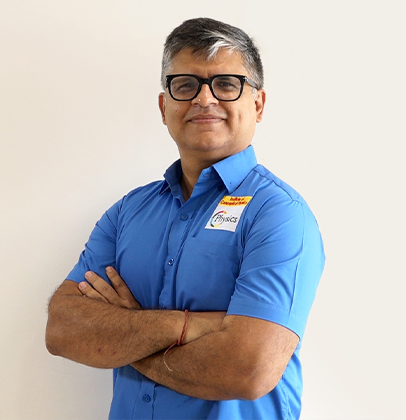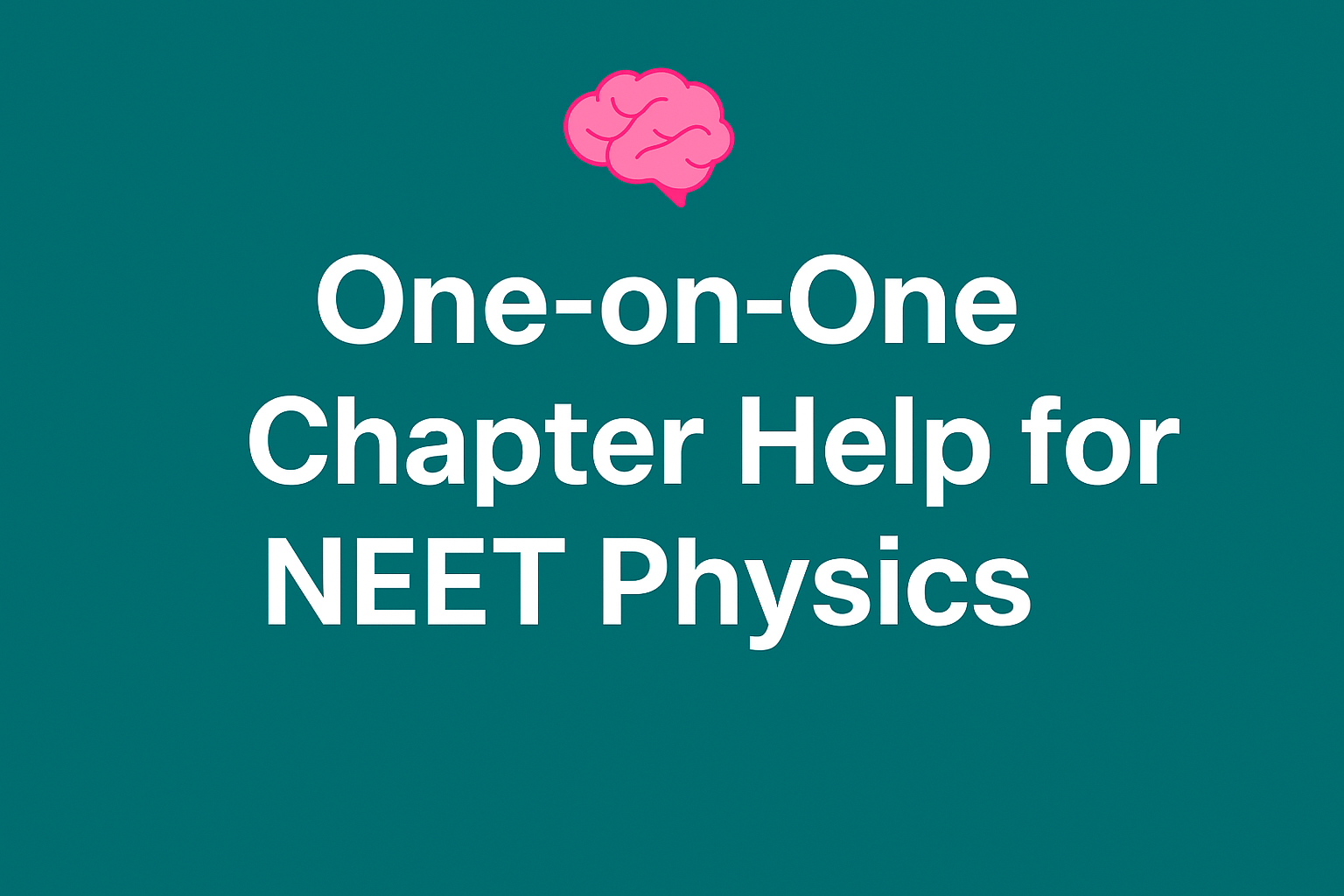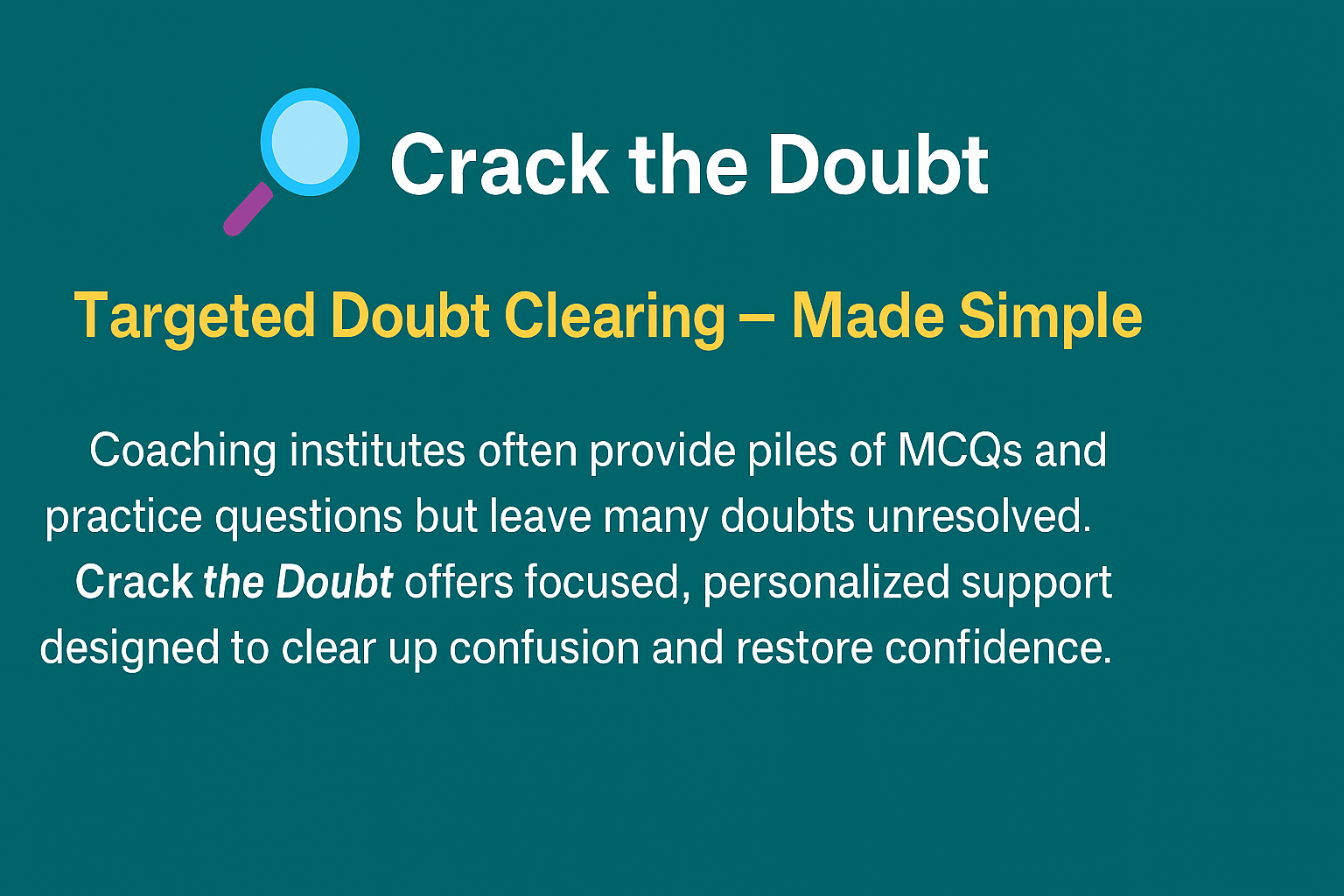🧠 Why CrackNEETPhysics is India’s Most Trusted and Reputed Brand for NEET Aspirants
In the competitive world of NEET preparation, trust and performance are everything. With over 20 lakh students appearing every year, the pressure is immense, and so is the need for reliable, effective, and student-centric Physics support. Among hundreds of coaching centers and digital platforms, CrackNEETPhysics stands tall—not just as another institute, but as India’s most trusted and reputed Physics brand for NEET aspirants.
So what makes CrackNEETPhysics the go-to destination for NEET Physics? Let’s explore.
💡 1. Every Doubt Matters—And We Mean It
Coaching institutes often give students heaps of material, but when doubts arise, support is either delayed or missing. CrackNEETPhysics was born out of a simple realization:
Students don’t fail NEET because of a lack of content—they fail because of unresolved doubts.
With services like “Crack the Doubt” and personalized one-on-one chapter help, we ensure no student is left behind, no matter how “silly” the question may seem.
👨🏫 2. Led by a Mentor, Not a Manager
At CrackNEETPhysics, students aren’t taught by “faculty.” They’re mentored by Rohit Gera, an alumnus of Delhi College of Engineering with leadership credentials from XLRI Jamshedpur. With years of experience and a passion for Physics education, Rohit personally ensures that every concept is taught with depth, empathy, and clarity.
His vision?
“Let coaching teach the masses. We’ll focus on the individual.”
🔬 3. Concept-First Learning Model
While most institutes chase syllabus completion, CrackNEETPhysics follows a “concept-before-curriculum” model. We break down Physics into real-life intuition, visualized thinking, and MCQ mastery—before diving into formula cramming. Our mantra:
If you understand it, you’ll never forget it.
📚 4. Support for Coaching Students Too
Already enrolled in a coaching institute but still feel stuck? You're not alone. Thousands of students who attend big coaching brands silently suffer with:
Our Doubt-Solving Subscription service acts as a lifeline for these students. They continue with their regular coaching—but come to us when they truly want clarity.
💻 5. Tech-Enabled, Yet Human-Driven
Whether it’s:
-
Zoom classes with recordings
-
Timed quizzes and concept builders
-
Mistake logbook reviews
-
Telegram & WhatsApp doubt forums
We combine modern tools with a teacher’s heart, offering the best of EdTech and mentorship under one roof.
🌟 6. Thousands of Success Stories. One Mission.
Our students aren’t just roll numbers—they’re real stories of:
-
Droppers who made it into government colleges
-
Students from remote towns cracking the toughest Physics problems
-
Parents who finally found a Physics teacher who listens
🏁 Final Word
In a sea of coaching factories, CrackNEETPhysics is the brand that puts the student first.
Not just in marketing. Not just in promises.
But in every session, every doubt, and every explanation we give.
That’s why today, CrackNEETPhysics is India’s most trusted name in NEET Physics preparation—and tomorrow, it could be the reason your child becomes a doctor.























